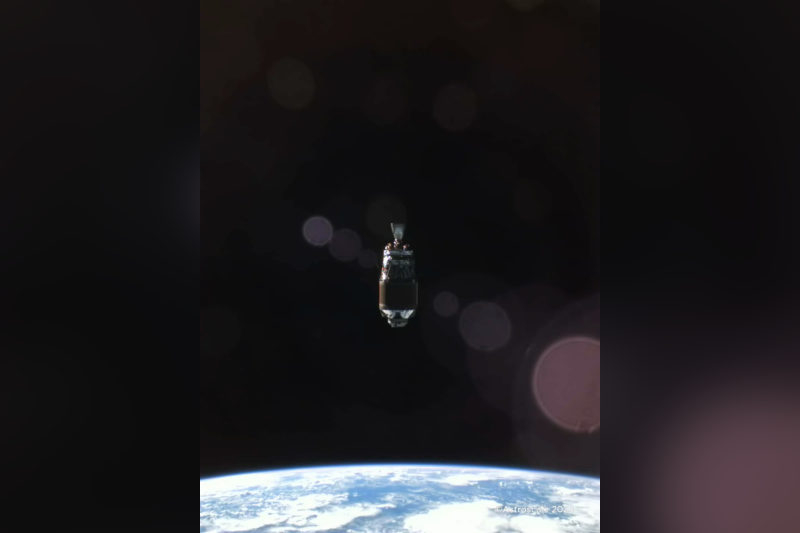The Japanese company Astroscale reported on a detailed examination of a large piece of space debris in low-Earth orbit – the upper stage of the H-2A rocket, launched back in 2009.

Image source: astroscale.com
The Active Debris Removal (ADRAS-J) spacecraft was launched into orbit by a Rocket Lab Electron rocket on February 18, 2024, and is designed to test methods for approaching and inspecting space debris in orbit using Rendezvous and Proximity Operations , RPO). The first notable object of research was the upper stage of the Japanese H-2A rocket launched back in 2009.
Astroscale published a new image of the object taken in June from a distance of about 50 meters – the object is 11 meters long and weighs 3 tons. ADRAS-J also conducted an RPO mission using an autonomous control system. The device independently decided to temporarily suspend the mission when it detected an anomaly in the position of the object. It performed a space debris evasion maneuver, confirming its ability to “ensure safety even when making observations during rendezvous with a non-cooperative object.” This is important because many space debris objects are clearly not designed for such missions and could pose a threat to the inspection satellite.
The company has high hopes for ADRAS-J. Once the Commercial Debris Removal Demonstration (CRD2) phase of the mission is completed, the company will move on to a new phase in which it will work with the Japan Aerospace Exploration Agency (JAXA) to deorbit “non-cooperating” space debris. This phase will begin no earlier than 2026.